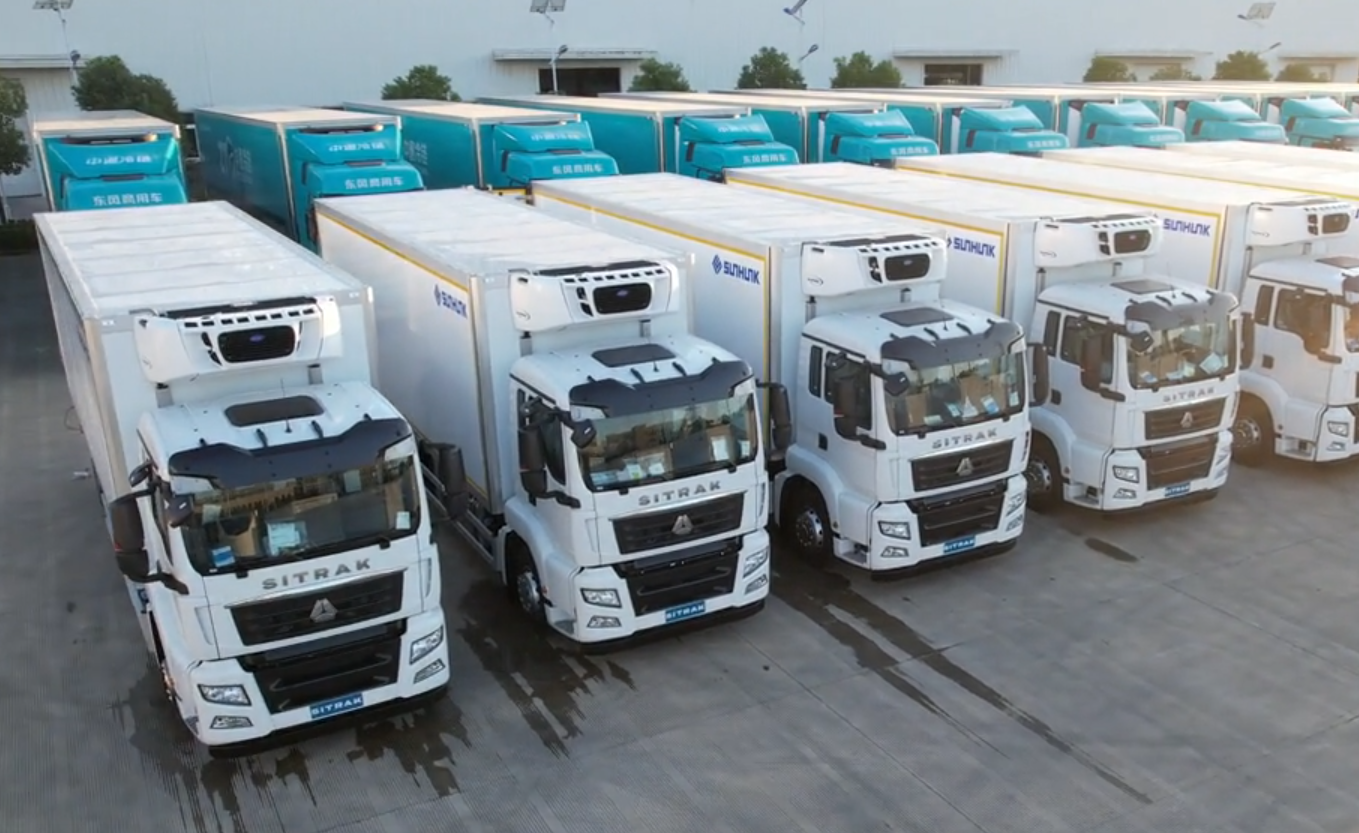- PRODUCTS
- SOLUTION
- SERVICE
- NEWS
- ABOUT US
Double-decker semi-trailers have wheels that don't touch the ground to reduce costs and improve efficiency. Lifting axles can save up to $2,500 per truck annually in fuel and extend tire life by 30%, lowering replacement costs for fleets with 50 trailers by approximately $360,000 per year.
Lift axles in double-decker semi-trailers are one of the most vital innovations for load management efficiently and economically in transportation. By allowing the axles to be lifted when not required, it helps reduce costs, enhance fuel efficiency, and also adapt to specific transportation requirements. For example, a regular commercial semi-trailer can have loads that range from 20,000 to 80,000 pounds depending on its configuration. This translates into up to a 25% savings in tire wear when operating under partial load, therefore increasing the life of the tires. Tires are one of the biggest expenses for a fleet with individual tires costing as much as $300-$500 each. Lift axles, through reduction in wear, can result in annual savings of approximately $100,000 on replacing tires in companies managing 100 trailers.
Another major advantage is that of fuel efficiency. A lifted axle reduces rolling resistance and aerodynamic drag, improving fuel economy by 3% to 5%. For a semi-trailer that travels 120,000 miles annually and consumes an average of 20,000 gallons of diesel at 6 miles per gallon, a 3% improvement translates into a savings of around 600 gallons of fuel a year. At $4 per gallon for diesel, that amounts to $2,400 in annual savings per truck. Companies operating 50 trucks could save $120,000 fleet-wide each year. In an industry where fuel represents 30% to 40% of operating costs, these savings go a long way in terms of profit margins and long-term sustainability.
Weight regulation compliance also benefits from the use of lift axles. Many countries and regions enforce strict axle weight limits. In the United States, for instance, axle load limits according to federal regulations are restricted to 20,000 pounds for single axles and 34,000 pounds for tandem axles. In this way, a double-decker trailer carrying 50,000 pounds needs to lower all axles in order to distribute its load legally. However, on return trips or for lighter deliveries, raising an axle ensures the trailer does not wear out needlessly and stays compliant with local weight restrictions. Fines for overweight range from $500 up to a high of $10,000, based on the degree of the violation and jurisdictional authority. Dynamic axle management can avoid fines while sustaining operational efficiency for a company.

The lift axles on double-decker semi-trailers have great importance in terms of saving the trailer and its components from damage, especially during lighter load operations. Tires, for example, are one of the most vulnerable and expensive parts of a trailer. An average commercial truck tire costs $400, and a typical trailer uses 18 tires. By employing lift axles to keep some tires off the ground, their life can be extended up to 30%, pushing their replacement cycle out from 100,000 miles to nearly 130,000 miles. In one year alone, a fleet of 50 trailers could save $360,000 just through reduced tire wear with axle management.
The road conditions, especially those that are not smooth and even, are a big concern for the wear and tear of the trailer. Axles and wheels that are always on the ground suffer from more frequent damage, such as cracks or warping due to potholes and debris. It has been recorded that lifted axles reduce exposure to such hazards, cutting down maintenance costs for suspension systems by up to 20%. Single-trailer suspension repairs can run between $1,500 and $3,000 each. The savings from this alone on reduced axle wear through unnecessary use can be estimated to save $200,000 on a fleet of 100 trailers.
Appropriate utilization of lift axles also minimizes structural stress to the trailer in general. For example, on partial or return trips, a fully engaged axle setup distributes the weight over more points, which can bring unnecessary stress to the trailer's frame and joints. A raised axle eliminates this superfluous weight distribution, preserving the integrity of the chassis and undercarriage. Over five years, this practice could add 10% to the average service life of a trailer, extending its useful life by an additional 1 to 2 years. If this is the case, that could add value of $6,000 to $12,000 per unit to a $60,000 trailer.